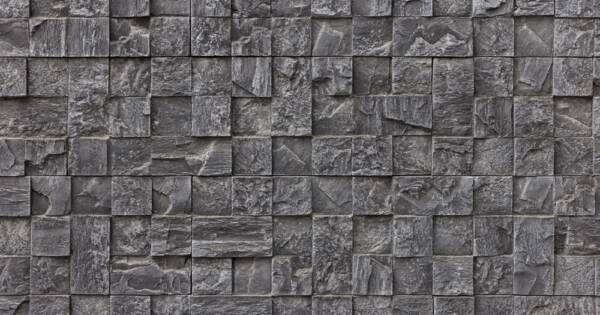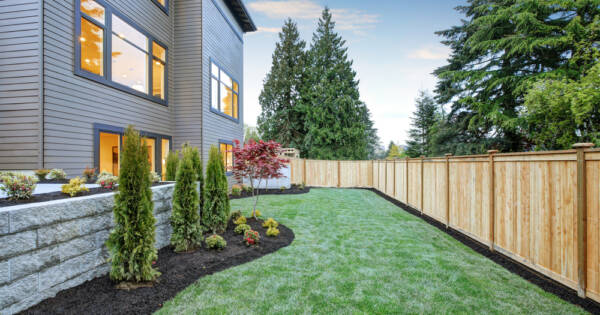Crafting the perfect interior design requires balancing style with function. Discover how to create harmonious spaces through color schemes, lighting, furniture placement, and modern trends like minimalism and sustainable design. Embrace multifunctional layouts and personal touches to transform your home into a reflection of your lifestyle, while enhancing both comfort and visual appeal.
Understanding Harmony in Interior Design
Harmony in interior design refers to the seamless blending of elements to create a cohesive, visually appealing space. It’s the feeling you get when a room feels “just right,” nothing is out of place, and all design choices complement one another. This sense of unity can be achieved by intentionally coordinating colors, furniture, textures, and décor elements to work together harmoniously.
Design harmony doesn’t mean everything must match perfectly. Instead, it’s about creating a balance between consistency and contrast. A harmonious room allows your eyes to flow naturally from one area to another without distraction or discomfort. It evokes a calm, pleasant experience, whether you prefer a minimalist sanctuary or a cozy, eclectic living room filled with character.
The Core Principles and Elements of Interior Design
Successful interior design relies on core principles like balance, rhythm, contrast, emphasis, proportion, and unity. These principles help guide decisions on how to organize and combine elements within a space. For example, balance refers to distributing visual weight evenly, whether through symmetrical layouts or strategic use of contrasting materials to achieve equilibrium.
Essential design elements include space, line, form (or shape), light, color, texture, and pattern. Each plays a role in shaping the atmosphere of a room. Space defines layout potential, while lines and forms establish structure. Light enhances mood and visibility, color adds emotion and identity, and texture and patterns introduce depth and dimension. Understanding how to work with these elements is key to achieving a balanced and appealing design.
Incorporating Harmony Through Color, Texture, and Layout
Creating harmony starts with selecting a cohesive color palette. Choose one or two main colors, then build a scheme with complementary shades. Stick to tones that match the room’s intended mood — soft neutrals for calm, bold hues for vibrance. Use accents thoughtfully to add interest without overpowering the space. Repeating colors in subtle ways (through art, textiles, or accessories) reinforces unity.
Texture is just as important in bringing harmony to life. Combine smooth surfaces like polished wood or glass with soft elements such as rugs, throws, or upholstery. Layering textures adds warmth and keeps monochromatic spaces from feeling flat. Finally, take a step back and review. Walk through your space, view it from different angles, and adjust any jarring details that disrupt the flow. Harmony is achieved not just in theory, but in how a room feels when you live in it.
Designing with Purpose: Tips for Achieving a Harmonious Space
Functionality and flow are essential to harmonious design. Start by defining the room’s purpose; is it for relaxation, productivity, or socializing? Arrange furniture to support that function while maintaining open pathways for movement. Avoid clutter by editing down your décor, keeping only what serves a purpose or brings joy. Clear surfaces and intentional organization create visual breathing room and reduce stress.
Add personal touches to give your space soul. Items like framed photos, heirlooms, or handmade art make a room feel authentic and grounded. Be selective and intentional, too many elements can disrupt harmony, while thoughtfully curated pieces tell your story. Whether you’re designing a new space or refreshing an old one, leading with purpose helps maintain a balanced look and feel.
Bringing It All Together
Achieving harmony in interior design is about more than aesthetics; it’s about crafting a space that feels intentional, balanced, and truly your own. By understanding key design principles, incorporating essential elements, and thoughtfully blending color, texture, and function, you can transform any room into a cohesive and comforting environment. Let your space reflect not just current trends, but your personality and lifestyle, creating a home that feels as good as it looks.





